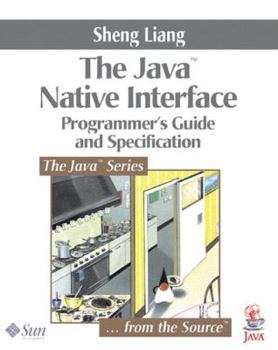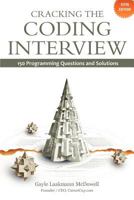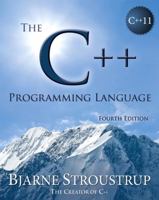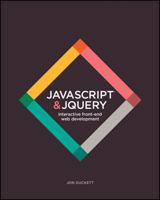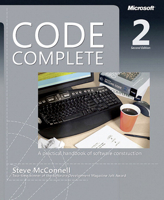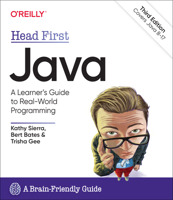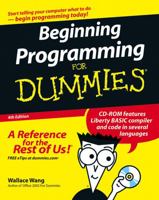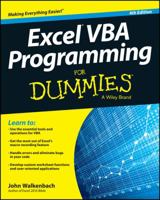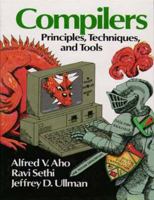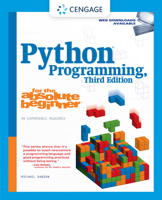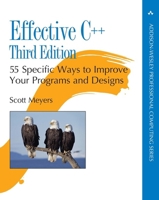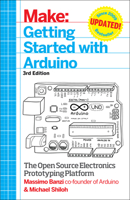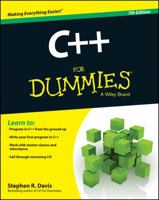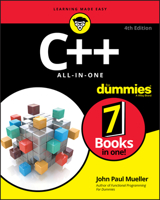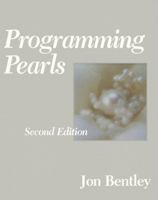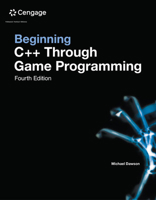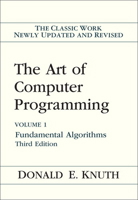Java Native Interface: Programmer's Guide and Specification
You Might Also Enjoy
Customer Reviews
Rated 5 starsConcise, Complete, and Definitive
I was not looking forward to learning and using JNI, but found myself in a position where that was in fact what I had to do. Of the three books I purchased on the subject, this is the one I keep going back for the information I need. It provides a high level discussion with just enough code snippets to turning what you learn into real code. This is the one I'll keep on my shelf.
0Report
Rated 5 starsProgrammer
This is one of the best Java programming books around. Not only are all the major issues surrounding JNI programming addressed, but the author also presents a great disussion on the organization of JNI.My only complaint is that embedding JNI in native apps is barely touched. However, this is a complicated subject, and the information shared is enough to get started.This book is definitely required reading for those interested...
0Report
Rated 5 starsThis is an excellent practical guide to JNI...
...and I'd pay $40 (or whatever) for chapter 10 by itself. Wondering why getStringChars() returns a pointer to a char[] with some gibberish at the end? Check out section 10.8. Trying to figure out why you're getting strange warnings about too many local references? Read section 10.12.That's just a taste. Not only does Liang discuss caching method & field IDs, he spends about 10 pages at the end of chapter 4 detailing...
0Report
Rated 5 starsGood book to start using JNI
This is a book that can get you rapidly into the business of integrating Java and C. Sheng demonstrates the usage of JNI by some short and clear examples. He also provides detailed instructions to set up the environment variables on your computer. In my experience, following his introduction is a smooth way to get JNI working. There are in-depth descriptions of the JNI specification as well. I would like to recommend this...
0Report
Rated 5 starsA must for JNI users
This is an excellent book! Liang provides short, illustrative, and useful examples as well as helpful tips for the JNI user. The presentation is extremely clear, with no fluff. This book is more informative than any existing material on JNI I know of. It offers a gentle introduction for the novice as well as technical depth for the expert. I particularly like the level of insight that only the designer and architect of...
0Report











